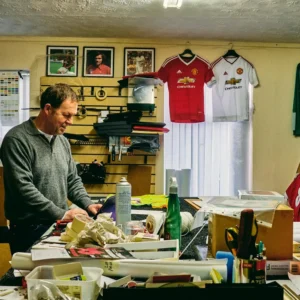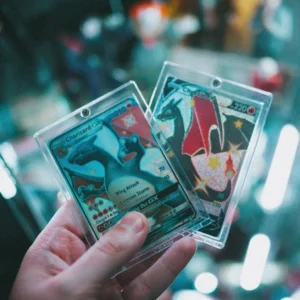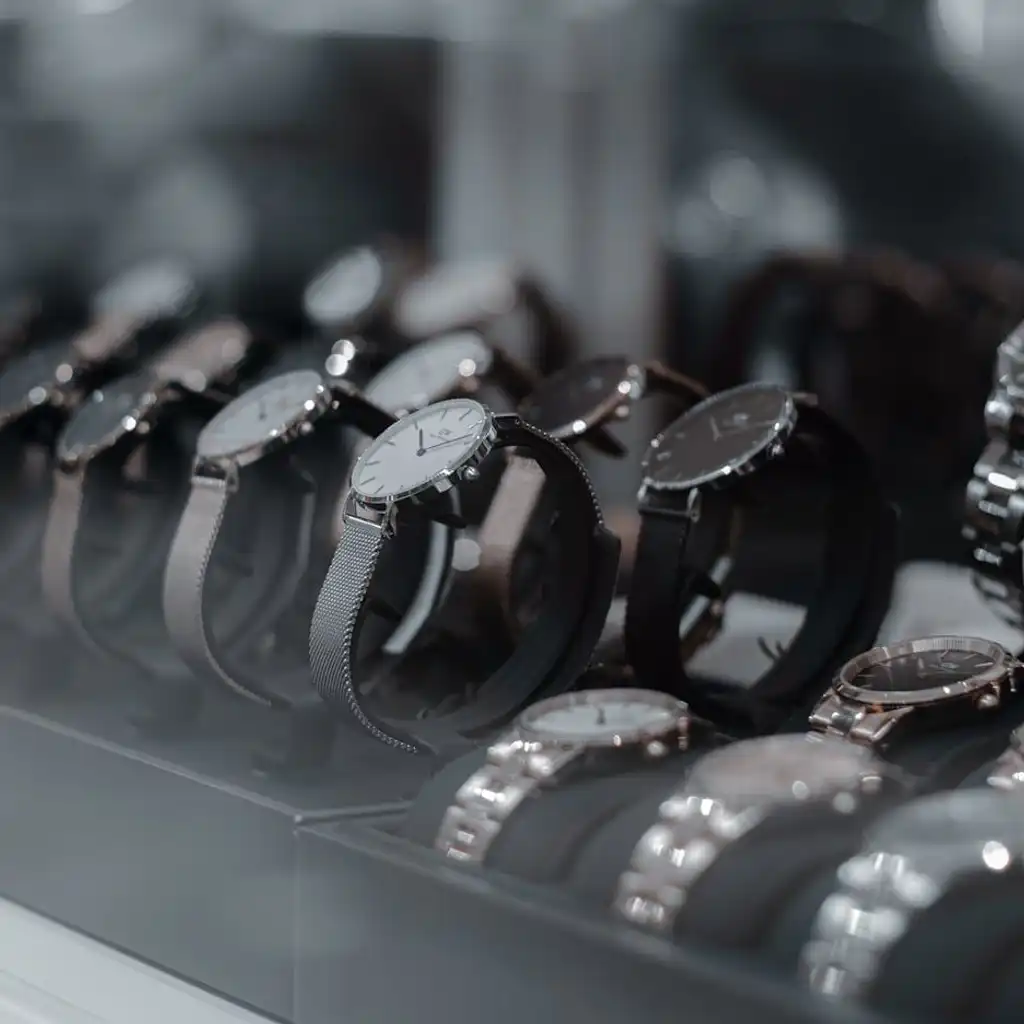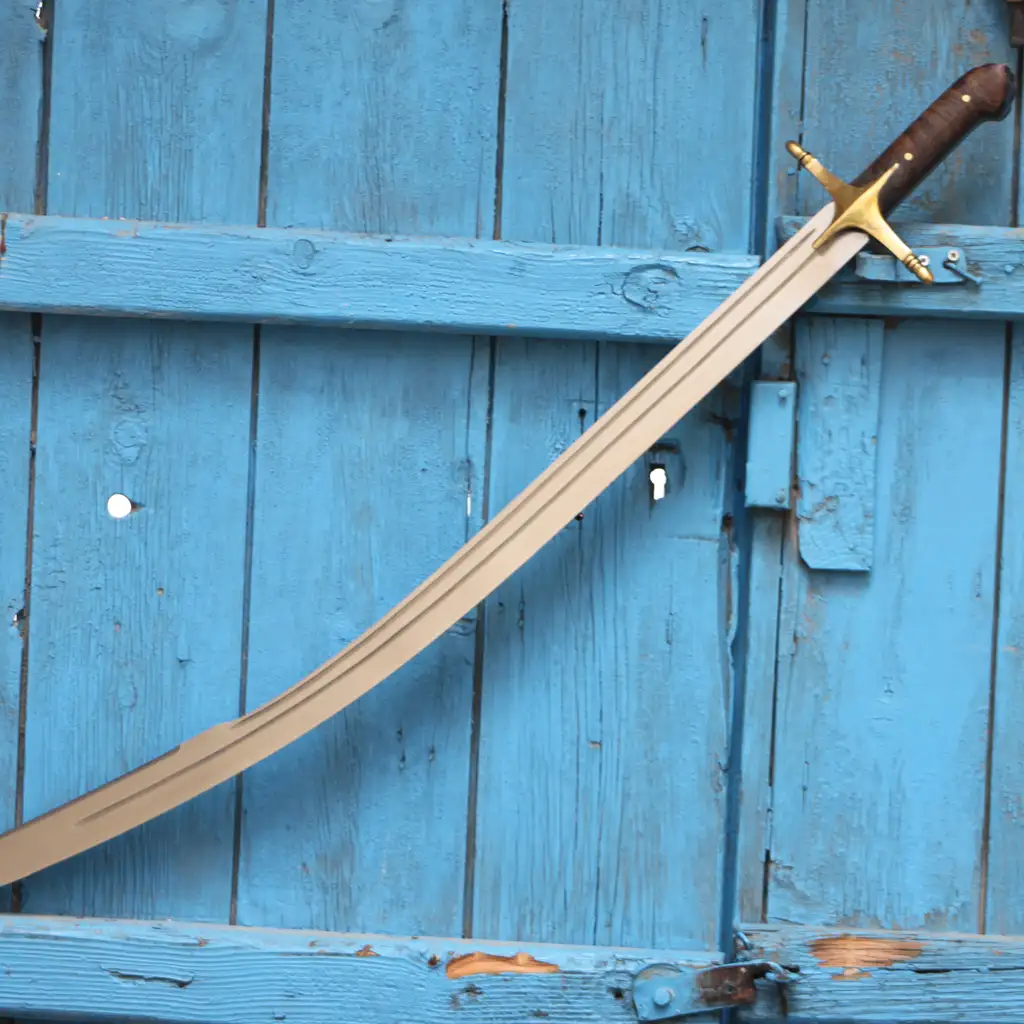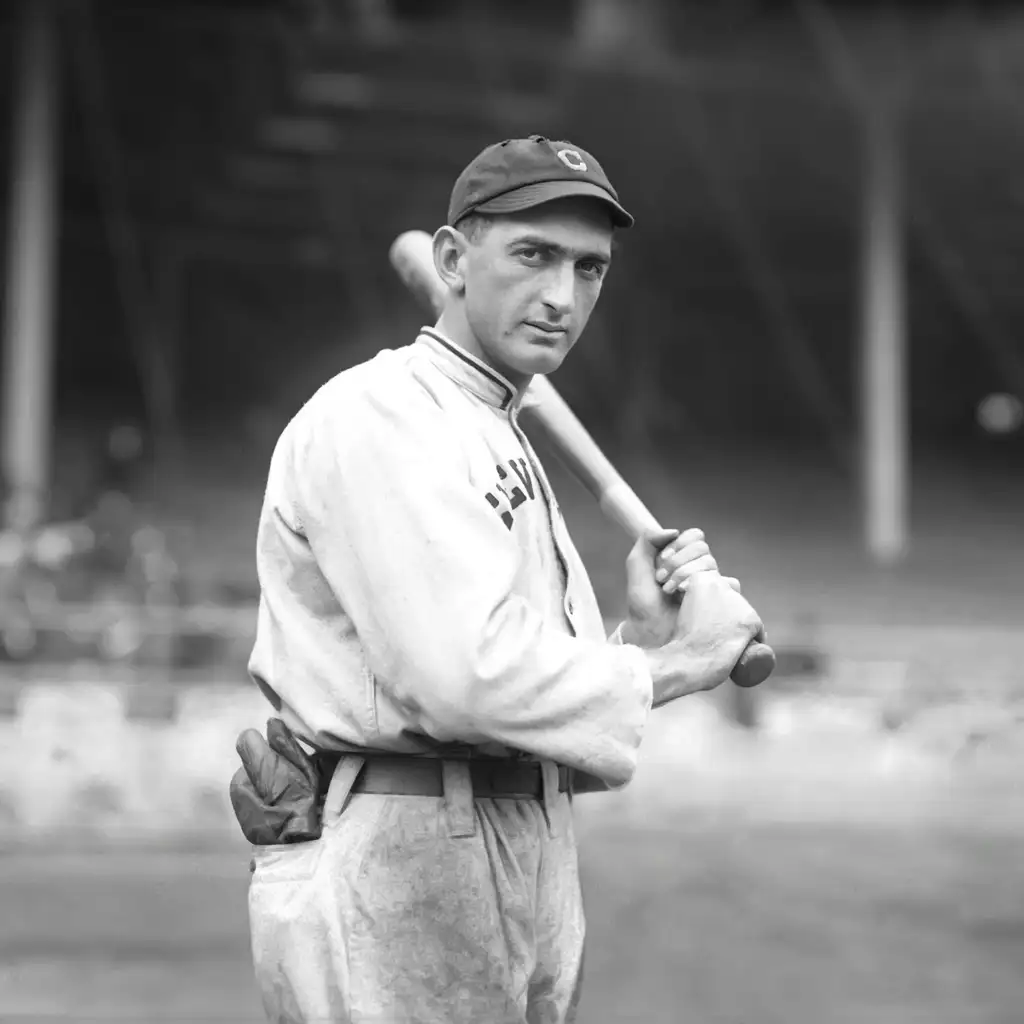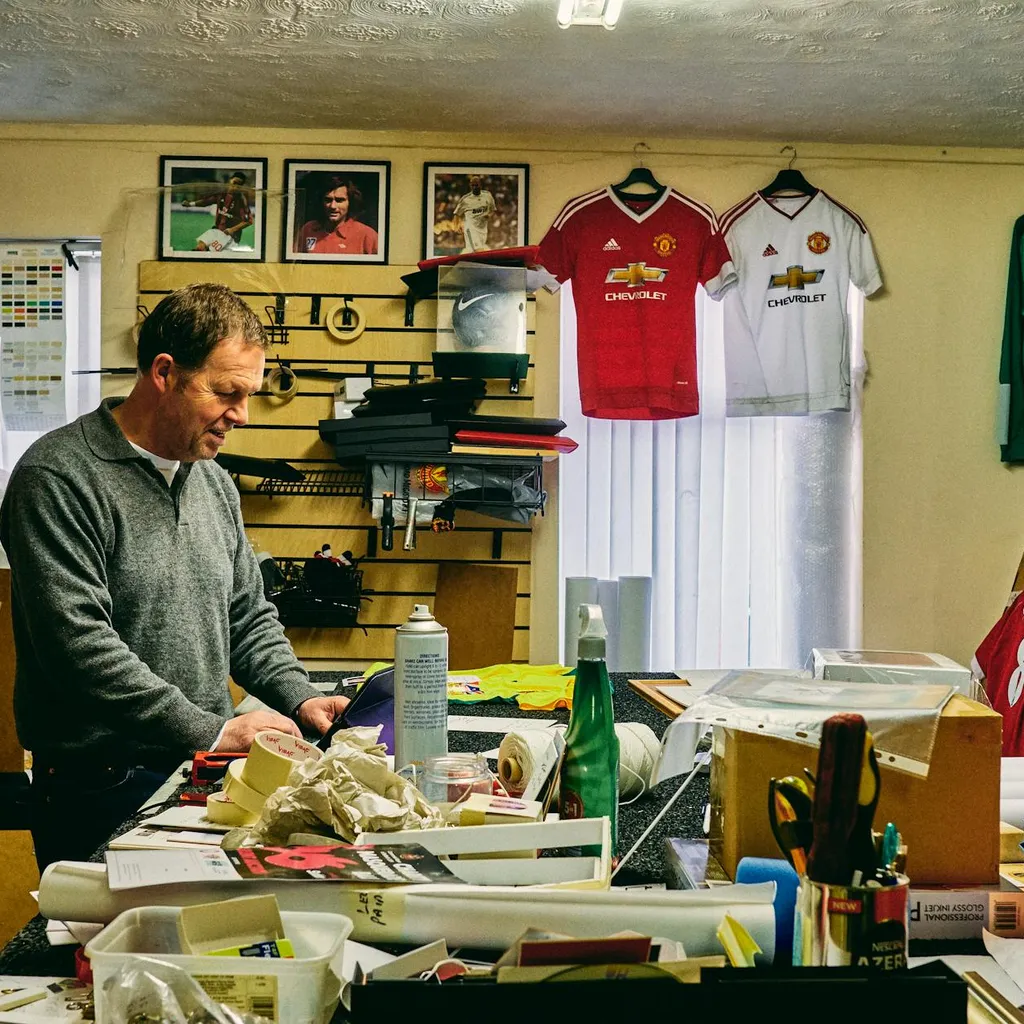The nostalgia of autograph collecting has evolved into a marketplace driven by commercial interests, with the autograph or gear of a popular athlete now perceived as a potential asset. Yet, the surge in memorabilia has also led to an abundance of signed items, making many pieces worth less than £20 despite their authenticity. As a result, only rare, high-quality items hold real investment potential. In fact, many experts argue that 99% of the market is suitable for hobbyists but not serious investors.
Nevertheless, the appeal of discovering a true gem—like a rare stamp in philately—keeps collectors searching for valuable pieces. High-profile auction houses, such as Sotheby’s and Bonhams, have facilitated the sale of sports memorabilia as an investment class, fetching remarkable prices for items with unique historical value. Sotheby’s sold Sir Stanley Matthews’ 1953 FA Cup winner’s medal for £23,500, while a set of the earliest football rules dating back to 1859 brought £881,000. Such prices underscore the increasing allure of sports memorabilia as an alternative investment, akin to fine wine or rare art.
Yet, successful investing in sports memorabilia requires discernment. Bonhams’ Christopher Hayes advises investors to be selective, noting that football memorabilia commands the highest prices, but only for rare and historically significant pieces. A notable example is the difference in prices for 1968 European Cup medals from the same match: Nobby Stiles’ sold for £48,300, while George Best’s fetched £156,000. Quality, history, and rarity are essential for value appreciation.
Trevor Vennett-Smith, a specialist sports auctioneer, echoes this sentiment, cautioning against the oversupply of common memorabilia items online, which often lack investment potential. He estimates that up to 85% of items sold on auction websites may have little to no market value. For a better investment, he suggests focusing on unique and quality items, such as a painting by former England wicketkeeper Jack Russell, which will be auctioned soon. This unique artwork, painted on 36 cricket bats forming an English village scene, has significant value due to its originality.
The sports memorabilia market can fluctuate dramatically. Vennett-Smith recounts a cricket bat from a 1907 Oxford University vs. Australia match, signed by legendary cricketer Victor Trumper, which sold for £5,000 in 2005 but is now valued at £1,500-£2,000.
Fraser’s Rarity Index highlights the potential for growth in rare autographs, showing a 339% increase in value from 1997 to 2011. Yet, only eight of the 100 most valuable signatures on the index are from athletes, indicating the scarcity of truly valuable sports autographs.
For many, the pleasure of collecting sports memorabilia remains a personal endeavor rather than an investment. While most items may not hold significant market value, they are often treasured for the memories and history they represent. After all, for a true fan, even a program from a match long past can hold an irreplaceable spot on the wall, cherished for its connection to the sport’s rich history.

